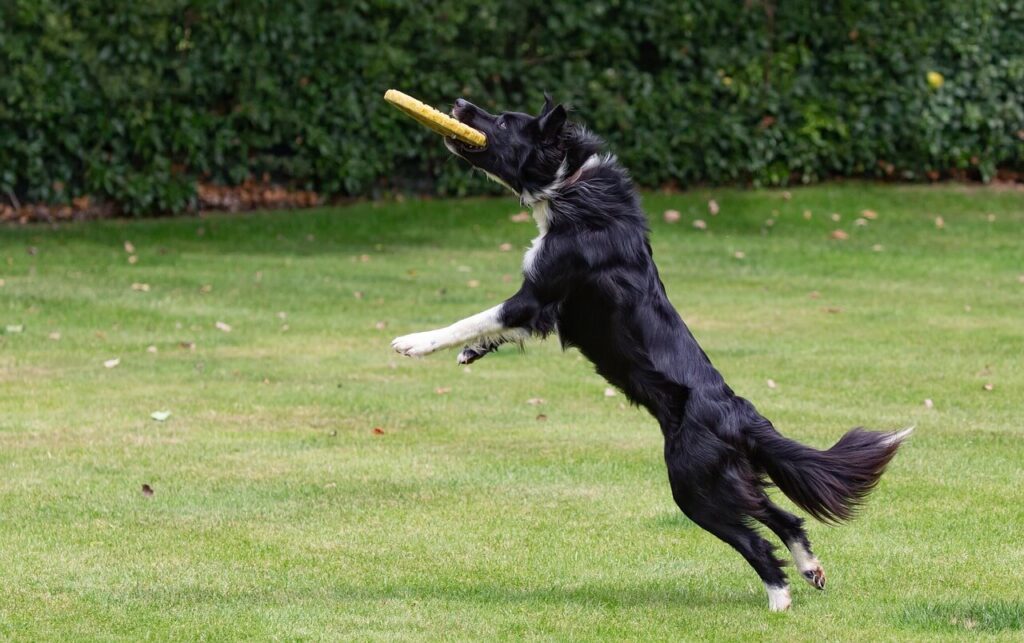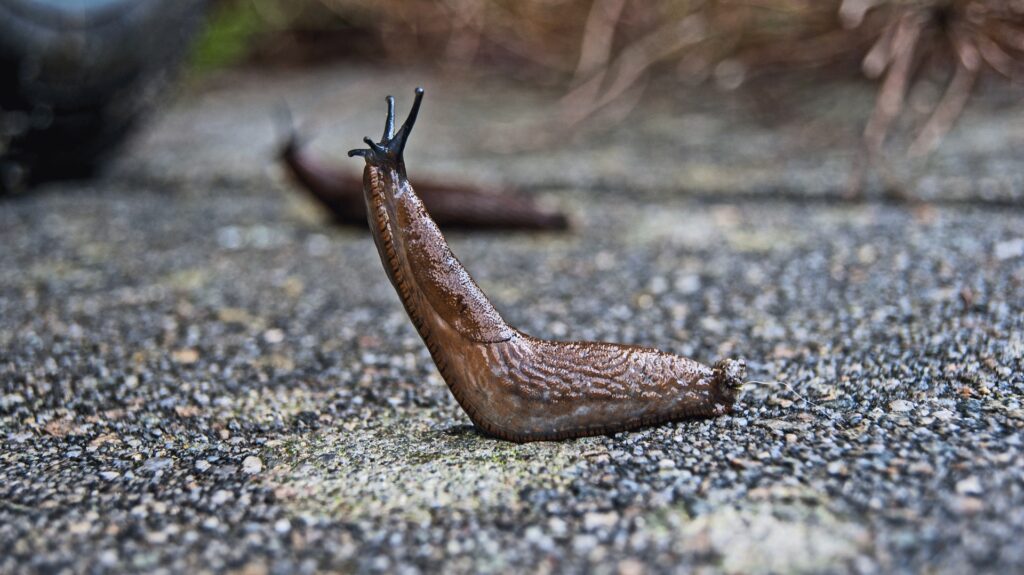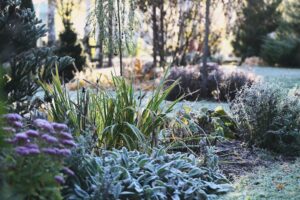
Many of us have pets at home, and so creating a pet friendly garden is key. Gardens can be great spaces for your pet to explore with lots of different textures and smells to investigate. But it’s important to understand your garden from your pet’s point of view – some plants can be harmful, and others beneficial. So it’s always important to check your outside space is safe for them to roam around. Here are a few tips to ensure your pet gets the best out of your garden.
Check your plants and flowers
The first step should be to check whether any plants which you have in your garden, or that you’re adding to beds and borders, are safe for pets. Some very common plants – including lilies, daffodils, geraniums and crocuses – can be very dangerous. Although not an exhaustive list the team at PDSA have shared a list of plants which are toxic to pets.
Think about fences
If you haven’t done so already, look at the places your pet may use to come in and out of your garden. Although cats will be happy to explore far afield, dogs or smaller pets such as rabbits could find other escape routes! So you may need to check fences, and add suitable barriers if needed. This may well not keep your pet in if he or she decide they want to get out but could help keep them safe until you can distract them or bring them indoors. It will also help train dogs to understand the boundary of the garden.

Protect your crops
If you’re a keen gardener, and growing your own veg, you may want to think about raised beds to prevent your pet from digging up any crops. Again, raised beds will not discourage more resilient or defiant characters, but you can at least put some deterrents in place.
Create a pet zone in your garden
No matter how small your space, it’s a good idea to make some aspects of the garden exciting for your pet. You may want to dedicate a space for them to run around in, or an area to explore, with long grasses and shrubs to hide in. They may also enjoy the scents from a herb garden, or different textures under their feet. A sand or bark area can encourage them to dig in one spot, rather than in your flower beds. And don’t forget to create some shady spots too in case the weather is warm and they want to escape from direct sun.
Consider your planting
If you have a particularly boisterous dog, or dogs, you may want to think about adding some robust or well-established plants which won’t suffer if they’re crashed into! More delicate plants can be kept to raised beds, pots and baskets to keep them out of harms way!

Watch out for slugs or snails
Don’t forget to keep an eye out for slugs and snails; if your pet eats one it could cause problems. Lungworm is a common illness for dogs if they eat a slug, snail or even frogs! If you have to use slug pellets, look for organic pellets as well just in case your pet is interested.
Pet friendly gardening
There are some general pet friendly gardening tips to consider as well. For any product you choose to use in the garden – from lawn feed to dealing with pests – always choose a pet friendly option. Or keep your animals away from the garden if have to use a not-so-friendly option. You can keep the garden out of bounds for the time being, or sit in the garden with your pet to ensure they don’t go snooping in the wrong areas. And keep sharp tools and chemicals or additives for water features or ponds securely locked away at all times.
Having an outdoor space for your pet is a great way for them to get some fresh air, run around, and to soak up the sun. These simple pet friendly gardening tips can help you create a wonderful space for your pets, no matter how big or small your space is!
Earth Cycle garden advice
For more advice for your garden or outdoor space, Earth Cycle has some handy hints and tips which explore everything from how to make a raised bed to what’s the best soil for plants.



